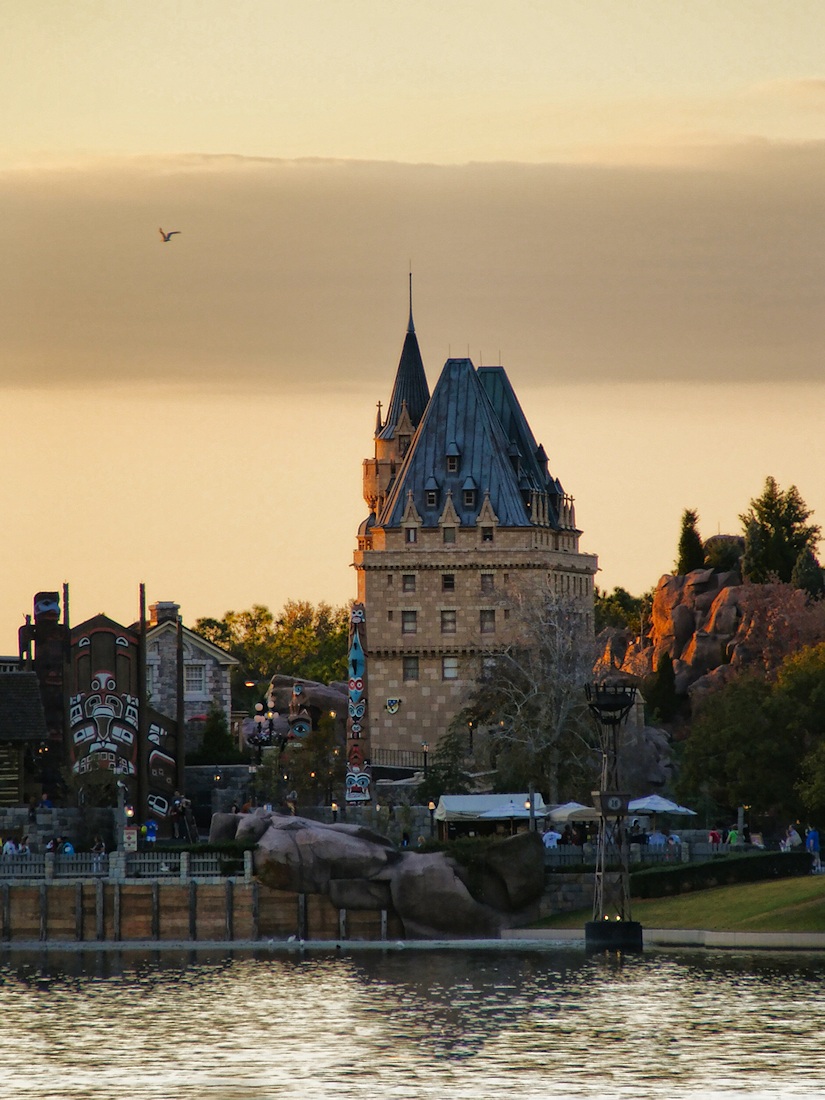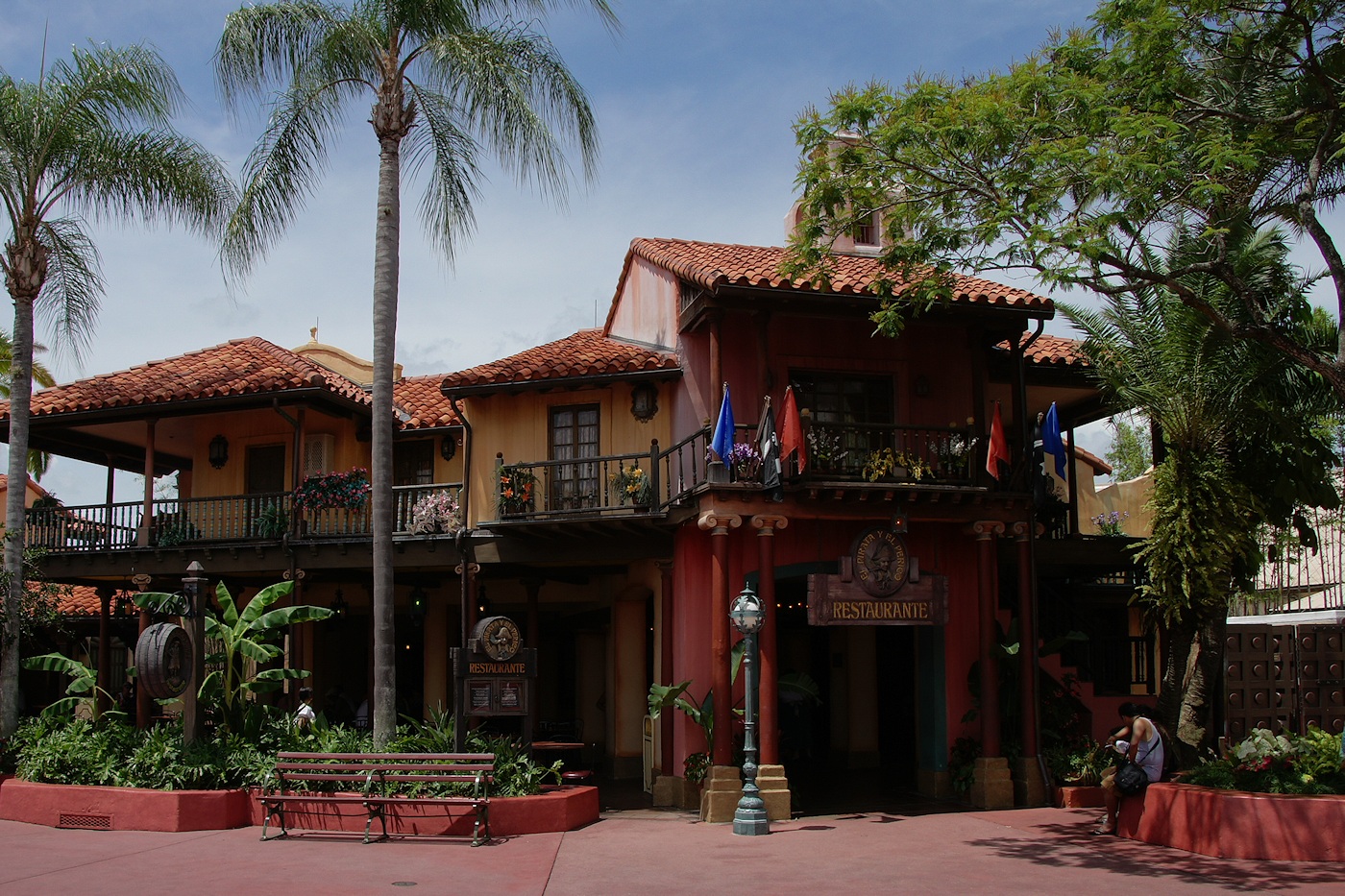aggielawyer
DIS Veteran
- Joined
- Jan 20, 2009
- Messages
- 576
I'm curious what other people's practice is. I'm very new to the DSLR world, and it honestly never occurred to me to try to edit the pictures that I took with my point-and-shoot. I don't have photoshop, so I've been using picnik.com for the little bit of editing I do. The thing is that when I'm looking at photos to edit, most of the time I do a lot of playing around, but the final result has very few changes, if any. There is a blog I follow and this person has been on vacation (at WDW of all places) and made a comment that she was posting her photos straight out of the camera and she was having a hard time posting them without any editing. Makes me wonder what I'm doing wrong.
For the sake of the discussion, here are some of the pictures that I've taken, some of them have been edited:
1) no editing
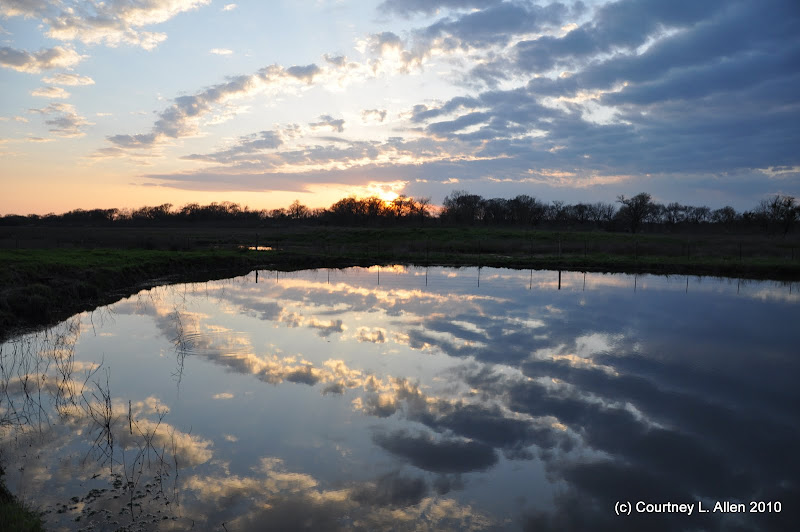
2) cropped and adjusted exposure to try to 'fix' the fact that these were taken in the middle of the day in full sun
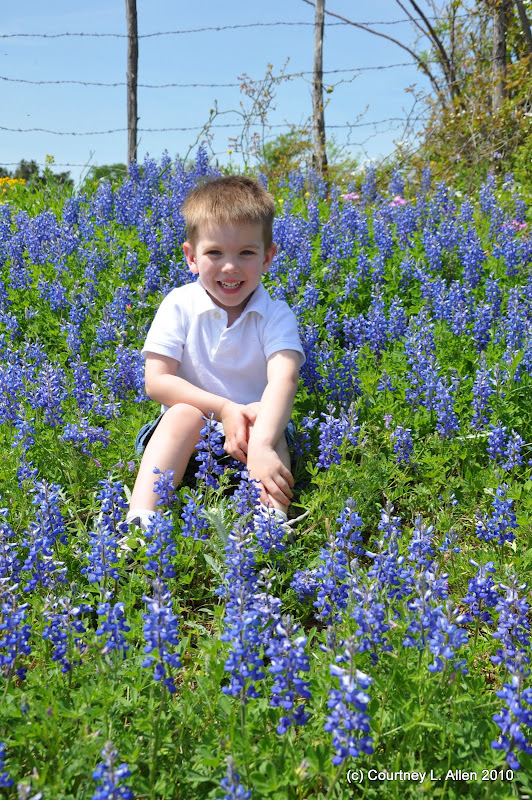
3) probably the most heavily edited photo I've done so far, again trying to adjust for the full sun and make the flowers pop more. I think I went too far and it looks over processed
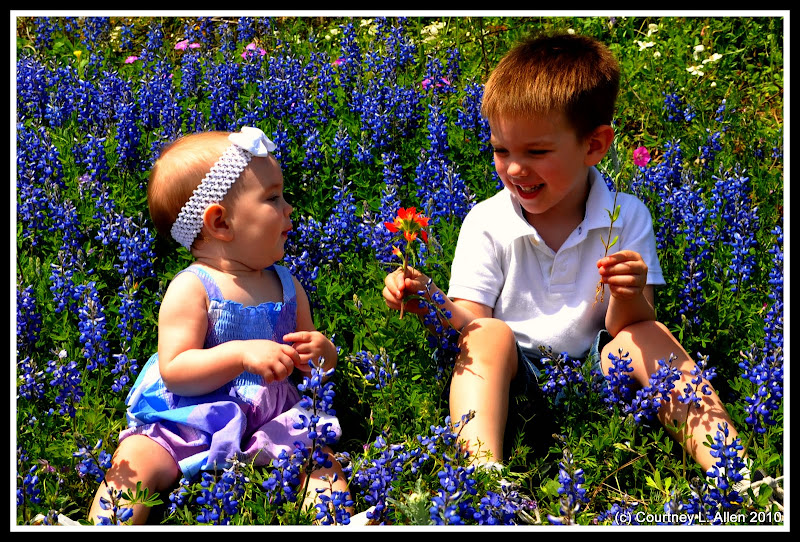
4) no editing at all, taken this morning at a tractor pull. I played with editing it, but didn't see anything that made it look better to me.
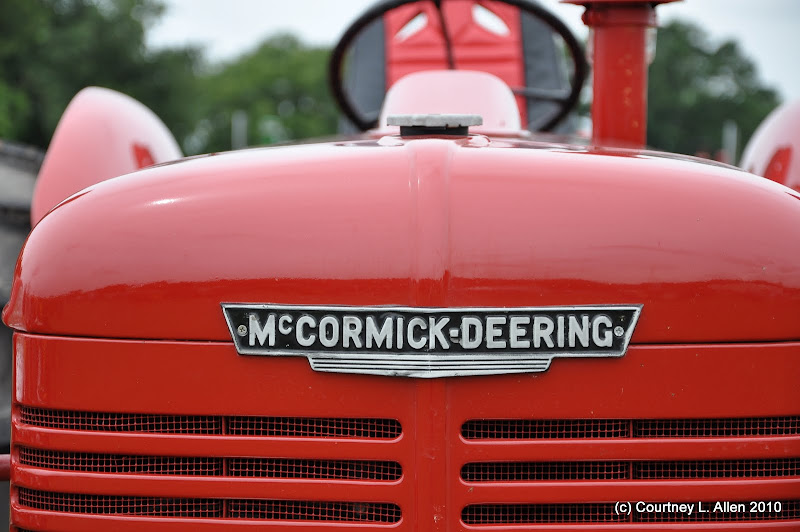
I welcome any critiques on these photos, but my real question is what the standard practice is.
For the sake of the discussion, here are some of the pictures that I've taken, some of them have been edited:
1) no editing
2) cropped and adjusted exposure to try to 'fix' the fact that these were taken in the middle of the day in full sun

3) probably the most heavily edited photo I've done so far, again trying to adjust for the full sun and make the flowers pop more. I think I went too far and it looks over processed

4) no editing at all, taken this morning at a tractor pull. I played with editing it, but didn't see anything that made it look better to me.
I welcome any critiques on these photos, but my real question is what the standard practice is.

 Sorry for the long post.
Sorry for the long post. )
) ).
).